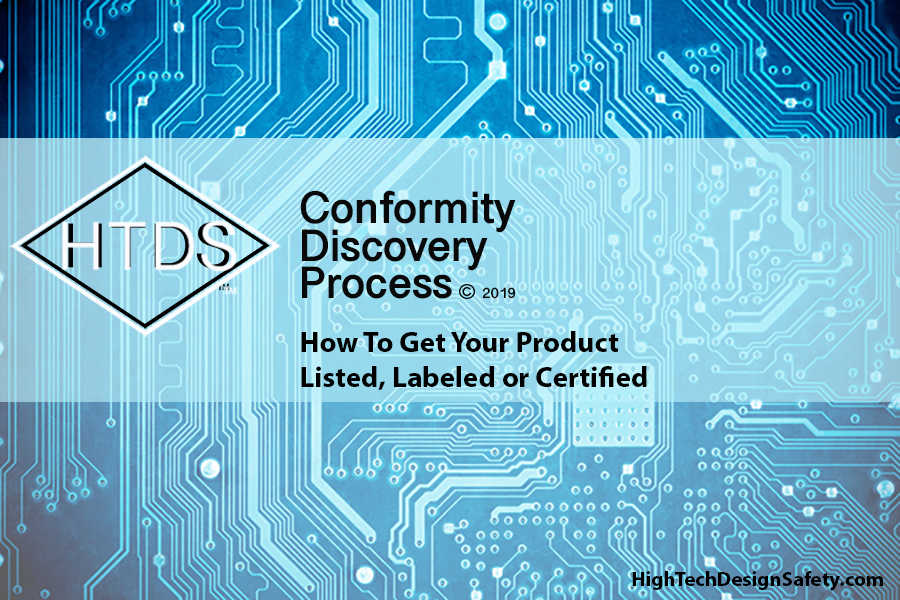We’ve shifted gears from talking about the standards and the standards organization to actually dealing with what it takes to get YOUR product UL certified. We realized that telling you about the standards doesn’t help. What you need is information on how to get YOUR product designed and certified. Today our CEO, Steve Barcik Amstel is sharing with you how to get your product listed, labeled or UL certified.
Link to video also available here: https://youtu.be/r7MhhKtc8bc
What is the Product?
With today’s video, the first thing to figure out is… what is the product? You probably already know that. But really…what are the words and terms used to describe your product. And then secondly… who uses the product? So as an example, let’s say you want to build a charging station for electrical vehicles.
Who Uses this product?
The hazards for this product are mainly electrical. There are probably some thermal hazards… might be some ergonomic hazards. We know those. That’s pretty easy to figure out for this. Now, who uses the product? It is the general public. So why this matters is when we’re building something for the general public, we have to be more careful in designing it to eliminate risks.
If we’re designing something for industrial use or laboratory use or commercial use… the people using it are expected to be trained. Additionally, the general public has limited access to the equipment. You get where I’m going here. The general public product needs to be designed more robust and needs to be fail-safe.
Which standards do I need to use to get the Product UL Certified?
So then, what standards do you need to use to get your product UL certified? Well great question! We will show you how to do that.
You need a scope of standards. Initially, you will need to understand what standards are appropriate and then purchase those standards. And then, get training on those standards.
Even better is to get training on the standards specifically for which you are designing. What I’m saying here is to get actual training on designing your product to the standard, not generic training to the standard. So before working with the electrical standard, get detailed information from the standard on how to connect the electrical vehicle charger to the power grid. If you contact us, we talk specifically about that. Not about generic power supplies for these types of machines. You will be more successful once you get this training.
And then you can design your equipment to incorporate the requirements of that set of standards.
How to Find Standards?
UL Standards
IEC Standards
Also, there will be IEC standards. IEC is going to cover pretty much the rest of the world and particularly, the European Union. The European Union adopts IEC standards and calls them EN or European Norm.
Super-Secret Tip
Once you figure out what you’re going to build as a product and have an idea as to which of the standards, I suggest looking at a comparable product. Now these are copyrighted pages. I understand that. But it’s fair use when we use those for training purposes. So, what I would do is go out and look for another electric vehicle charging system and then look to see that they are UL listed. (If you are having trouble locating the UL Mark, it is best to follow along in the video.)
Then you go over to the UL product directory… UL product IQ. Put in that company name and pull it up. A guide to which particular standards are used for this product will appear. That’s going to be a pretty good go-to. Here you will find which standards and scope were used on a similar product. This will let you know if your scope is close to correct or needs to be adjusted.
So, at this point you have validated your scope of standards and are well on your way to get your product UL certified.
Engage Evaluator Consultant to Manage the Process
Next you want to contract expertise to ensure that your building the product and moving the design in the correct direction towards those standards. You may have someone on your team, a product safety person that their main role in your company is managing product safety development, or you might not have someone on staff. We manage this for many projects with these need across a lot of companies, from startups to Fortune 100. Find out more about our Safety Approvals and UL Certification. Often it’s best to either contract somebody or have somebody full-time on staff.
Congratulations, now you are ready to design your equipment to the standards.
Design Your Equipment to the Standards
Our process is called a conformity discovery process, and it ensures that your product design, prototypes, and first articles meet the listing, labeling and UL certification requirements as designed.
You can use a similar process in your company, like checklists and ongoing product design reviews. This will allow you to know for sure that your product is meeting the standards as you’re designing. You really want to be sure that it will meet the standards as you move into prototyping and building first article. Or even better, while you’re going along at each design milestone.
Documentation, Labeling, Manuals & Details
Additionally, documentation will need to be put in place. Equally as important is implementing the right labels on the product and a correct and right nameplate. You will also have manuals and installation instructions and specification sheets to generate. At the end of the process the certification, labels, markings and details as well, will need to be generated into labels and back into your documentation.
Your technical construction file can include all of your materials and BOMs and design details. All of these components get built up and incorporated into your product as you go along.
Pretesting & Evaluation to Get Your Product UL Certified
Once you have a first article or prototype, or even at the subsystem state, you have a path forward for pretesting and evaluation.
So all that scoping we did before is now giving you a path to pre-test. For example, the grounding on the vehicle charger… it NEEDS to be grounded. You probably can have a plastic case; however, it is important to ensure that the plastic case will not overheat, melt, thermal deform, or catch fire.
Next is testing all of the circuits, and evaluating the documentation package which includes all the labeling. Make sure that everything is included with the product that needs to go through testing and evaluation.
These pretests can be alongside while doing your prototype in Alpha or pre-production. Prototype development pretesting evaluation is there to ensure that the design is met in the field.
So for example, let’s say you have a heat sink on the back of the product and you put some vents there to allow air cooling. We want to be sure the vents are not too big, while at the same time there’s enough vents so that it doesn’t overheat. You get the idea.
Now with all of this is done, you’re happy with the pretesting, you’ve got Alpha product development completed and you have samples to take to the lab, you are ready. At this point, you know with certainty the product is ready for evaluation and when it’s taken to the lab, it will pass.
Take Product To the Lab
Throughout the process to this point, it is important to develop a PowerPoint or videos that explain how the product works in detail and the safety features of the equipment.
For example, in this particular product, detailing whether anything might overheat. Not only that, but if it does overheat what happens? How is it fail-safe? In what ways do we prevent a fire? By what method do we prevent electrical shock? How do we prevent overcharging the batteries? All that detail… We want to explain to the evaluator.
We don’t want them to have to learn it from looking at our design, product, and documentation. We want to be able to present it to them quickly and easily. Also, ideally it would be best to present them with all the pretest data, pretest evaluation, documentation, reports in one large file folder.
Next, set an hour or two to meet and to walk-through and talk-through the product and all of this material so that the evaluator knows you are prepared for this evaluation. So that they will know you thought about it and that you’re willing to give them the information that they need in order to evaluate and complete their evaluation. You may get a little back-and-forth questioning on the product at this point, but you should be close. And then, it’s time to celebrate.
Product UL Certified
You will receive your listing and labeling, and it’s ready…it’s your time to celebrate.
So if you like the idea of this process and how to get your product to market more reliably and you need a proven and tested path to conformance, contact us. If not us, please get someone else involved. It is going to make your life so much better. You’ll be able to hit those timelines and deliverables for your team with confidence and by spending a little bit of money up front, your results are going to be way better.
Please be sure to like and subscribe to get notifications of the next videos in this training. And if you have questions about getting your product to market please get into touch with us here at High Tech Design Safety. https://hightechdesignsafety.com/


